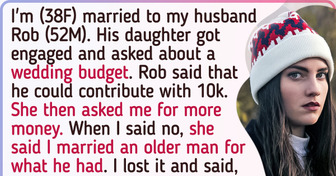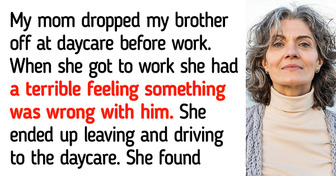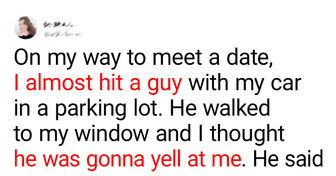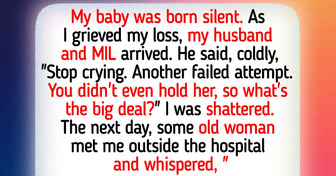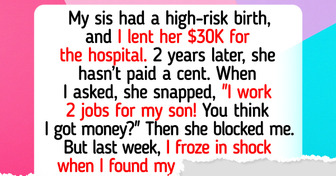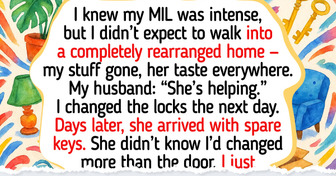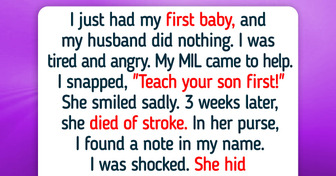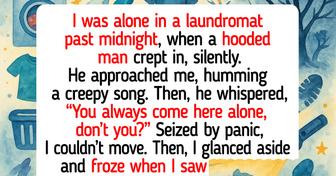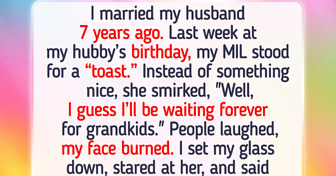14 Hilarious Stories About Really Awkward Situations
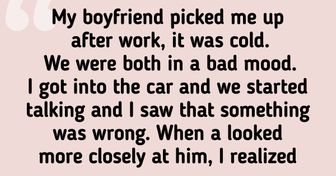

King Charles III’s first official portrait has sparked heated debate, with critics split over its bold presentation. As reactions pour in, sharp-eyed viewers have also uncovered subtle hidden details, adding another layer to the growing controversy.

King Charles III recently unveiled his first official portrait since his coronation at Buckingham Palace, with the Royal Family’s Instagram sharing a video of the event. The portrait will be displayed at Drapers’ Hall in London as part of its historic collection.
There was an ongoing debate in the comments. Opinions were sharply divided, with harsh critiques like, “That is hideous,”
Some other reactions: “Imo, a terrible portrait of King Charles and his fingers that look like sausages. It puts a question mark of the saying “beauty is in the hands of the beholder.”
“The artist just wanted to prove that King Charles was not only the king but he was also a man!”
Others praised the work, writing, “A startling and powerful portrait. Stunning!”
The divided opinions highlight just how polarizing the new portrait has become.
Jonathan Yeo, known for blending traditional and experimental portraiture, has built his reputation on capturing more than just a subject’s appearance. His recent portrait of King Charles III reflects this approach. As Yeo explained, “As a portrait artist, you get this unique opportunity to spend time with and get to know a subject, so I wanted to minimize the visual distractions and allow people to connect with the human being underneath.”
The butterfly next to the Charle’s shouler serves multiple symbolic purposes:
Metamorphosis and Transition: The butterfly represents transformation, mirroring Charles’s journey from Prince of Wales to monarch during the portrait’s creation.
Environmental Advocacy: Known for his lifelong commitment to environmental causes, Charles chose the butterfly to reflect his dedication to nature and sustainability.
Historical Reference: The royal butterfly, identifiable by its orange, black, and white coloring, subtly alludes to royal heritage, as it’s believed to be named after King William III, also known as William of Orange.

Charles wears the bright red uniform of the Welsh Guards, which he dons annually for the Trooping the Colour ceremony honoring the monarch’s birthday.
The red throughout the painting nods to Charles’ “royal heritage,” as explained on Yeo’s website. Yeo also noted that the red uniform purposely blends into the swirling red background to focus attention on Charles’ face.
“As a portrait artist, you get this unique opportunity to spend time with and get to know a subject, so I wanted to minimise the visual distractions and allow people to connect with the human being underneath,” Yeo said.
His uniform fades into the red canvas background by design.
No matter the reactions — whether praise, criticism, or heated debate — one thing remains certain: the royals always find a way to keep the world talking. And with King Charles’ first official portrait, they’ve once again given us something to debate, dissect, and remember.


